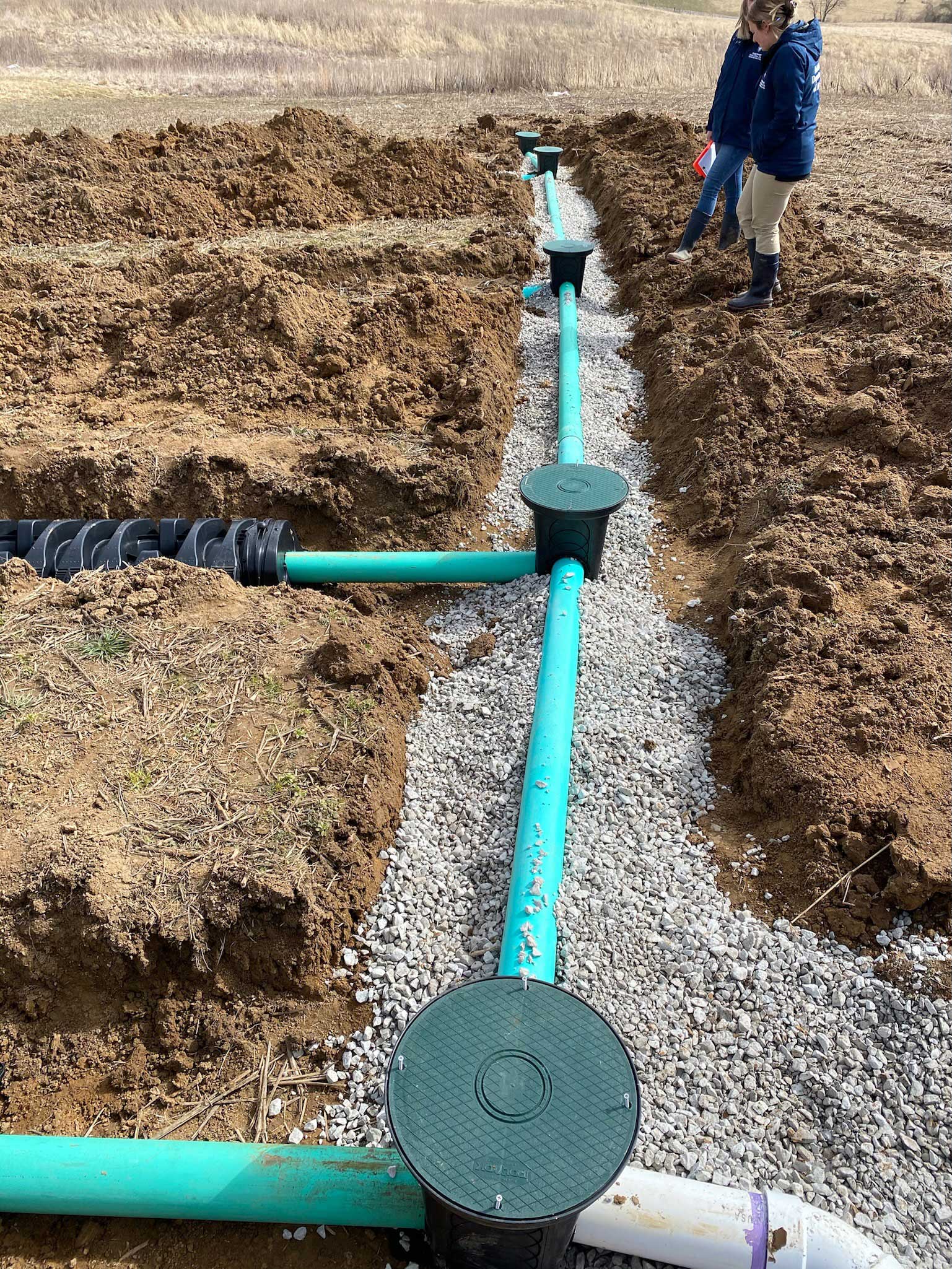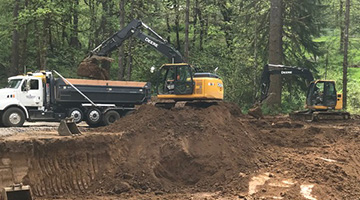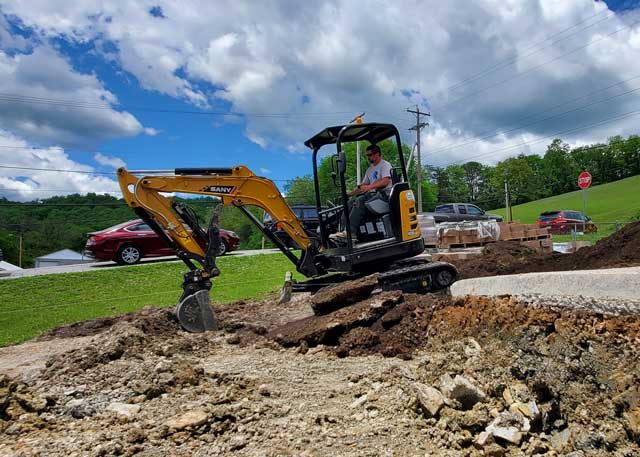Residential Excavating Ohio - Specialized Excavation for Ohio Houses
Extensive Exploration: The Scientific Research Behind Superior Excavation Practices
From ancient hand tools to modern-day hydraulic excavators, the evolution of excavation methods has been a testimony to human resourcefulness and technological advancements. What really establishes exceptional excavation methods apart is a deep understanding of geological principles, coupled with the utilization of cutting-edge tools and approaches.
Development of Excavation Strategies
Throughout background, the evolution of excavation strategies has actually played a critical function ahead of time building and construction techniques and archaeological discoveries. From the simple tools made use of by our ancestors to the sophisticated equipment utilized in contemporary times, the progression of excavation approaches has significantly changed how we approach various jobs.
In old times, hand-operated labor with basic tools such as shovels, wheelbarrows, and pickaxes was the primary approach of excavation. This labor-intensive process restricted the depth and extent of excavations, typically leading to slow-moving progression and limited access to certain websites. However, as people advanced, so did the devices and techniques used for excavation.
The Industrial Revolution marked a turning factor in excavation practices with the intro of steam-powered equipment. In modern times, innovation plays a crucial role in excavation, with developments like GPS systems, drones, and 3D scanning boosting accuracy and effectiveness in the area.
Duty of Innovation in Excavation

The integration of sophisticated technology has actually fundamentally transformed the field of excavation, improving accuracy and efficiency to unprecedented levels - lancaster excavation. One of the essential technological advancements that has actually dramatically impacted excavation techniques is the utilization of GPS systems.
In addition, the introduction of 3D modeling and simulation software application has structured the planning procedure for excavation jobs. Designers and drivers can now picture the entire excavation procedure prior to beginning, optimizing and identifying potential difficulties operations. Along with this, the application of drones in excavation activities has assisted in airborne studies, volumetric dimensions, and site inspections with unrivaled speed and accuracy.
Geological Principles in Excavation
An understanding of geological principles is essential for guaranteeing the structural integrity and security of excavation sites. Geological variables play a crucial duty in establishing the expediency and safety and security of excavation tasks (lancaster trenching). One essential geological concept to consider is the kind of dirt or rock present at the site. Different dirt types, such as sand, you can look here gravel, or clay, have differing degrees of stability and call for various excavation methods. Cohesive soils like clay might call for extra support to avoid collapses, while sandy soils may be vulnerable to disintegration during excavation.
By performing comprehensive geological studies and analysis, designers and excavators can develop techniques to mitigate dangers and ensure the effective completion of excavation tasks. Ultimately, integrating geological principles into excavation methods is essential for attaining safe, efficient, and lasting outcomes.

Newest Tools for Excavation
In the world of excavation techniques, modern advancements in devices have revolutionized the efficiency and precision of excavation procedures. Among the most up to date tools making waves in the industry is making use of drones outfitted with sophisticated imaging innovation. These drones can supply thorough airborne studies of excavation sites, offering real-time data on view topography and prospective risks. This information help in much better preparation and decision-making during the excavation process.
Another cutting-edge device acquiring popularity is the execution of 3D printing innovation for creating personalized excavation devices. This enables for the manufacturing of specialized devices that are customized to the read more particular needs of a job, increasing performance and reducing downtime.
In addition, developments in products science have led to the growth of stronger and extra long lasting excavation tools. septic ohio. Tungsten carbide-tipped excavator accessories, as an example, deal superior performance in tough ground conditions, boosting productivity on-site
Science's Influence on Excavation Practices

Additionally, scientific study on dirt mechanics and geotechnical design has actually provided important understandings right into soil habits, permitting excavation professionals to make educated choices regarding excavation techniques and soil stabilization strategies. On the whole, science continues to drive technology and renovation in excavation practices, making excavation jobs extra reliable, cost-effective, and sustainable.

Verdict
To conclude, the evolution of excavation strategies has been substantially affected by advancements in technology and a deeper understanding of geological concepts. The latest tools and equipment made use of in excavation have actually enhanced effectiveness and precision in the area. The application of scientific knowledge has actually substantially improved excavation methods, leading to more lasting and reliable techniques for excavating various sorts of products.
In the world of excavation techniques, modern advancements in tools have actually reinvented the effectiveness and precision of excavation processes. By leveraging scientific principles, the excavation industry has actually been able to dramatically boost efficiency, precision, and security in excavation processes. GPR allows excavation teams to non-invasively check and map subsurface frameworks, utilities, and potential threats, allowing them to prepare excavation projects with greater precision and reduced risk of accidents.
In addition, scientific study on dirt auto mechanics and geotechnical engineering has actually offered useful insights into dirt habits, permitting excavation experts to make educated decisions concerning excavation methods and soil stabilization techniques. Overall, scientific research proceeds to drive development and improvement in excavation methods, making excavation projects extra efficient, cost-efficient, and sustainable.